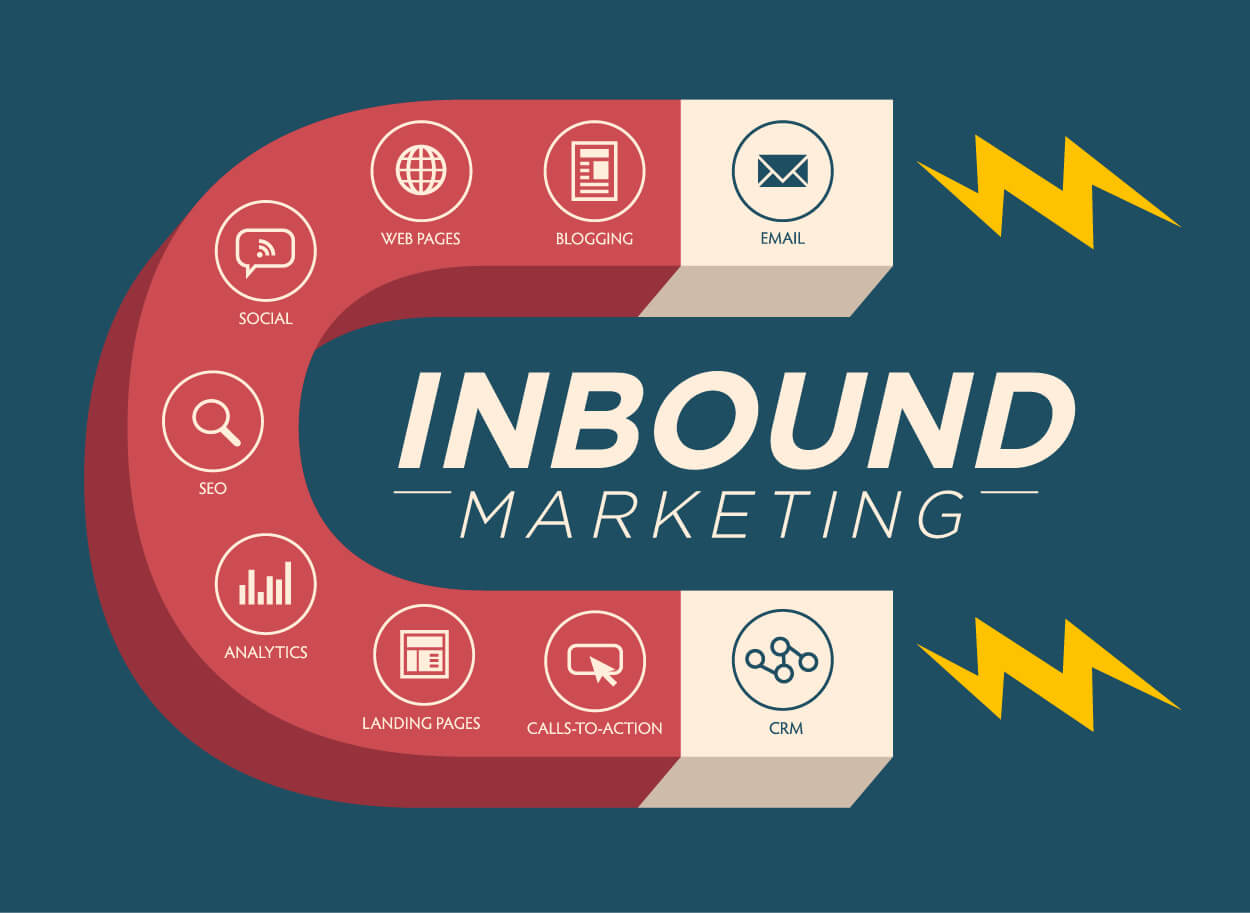Every business needs customers to thrive. No customers, no business. It then follows that attracting customers and making them remain committed to the business is the ultimate goal of every business endeavor. You see how the thinking behind the phrase “the customer is always right”.
Businesses go about getting customers in different ways. One of such ways which have proven extremely effective is inbound marketing. Inbound marketing is a form of marketing that focuses on attracting customers through the use of relevant and helpful content. Inbound marketing also focuses on constantly adding value to the customer all through the period they buy the products and services offered by the business. The business is found by potential customers through channels such as blogs, social media, and search engines. For example, if you look up a dress on Nordstrom, don’t be surprised to see an add on your Facebook feed about some of their products. This is a viable tactic that many enterprises use nowadays.
Inbound marketing basically takes customers through four phases: attraction, conversion, closing, and delight. At the end of the day, the strangers are turned into visitors, then leads, then customers, and ultimately promoters.
Attraction
The goal of attraction is to turn strangers into visitors. This is done by pushing relevant content to the strangers when they are looking for it. This is mostly done through blogs and social media. Blogs prove to be both a simple and effective way to attract new visitors to websites. The businesses just ensure they publish on a regular basis relevant and educational content and before you know it, they begin to get visitors. Social media affords the business the opportunity to share valuable information with prospects, engage and interact with them, and put a human face on the brand.
Conversion
As soon as the strangers have visited the website, the conversion process kicks in. The purpose of this is to move them from visitors to leads. To do this, the business engages them via chats and conversations aimed at connecting them with the sales process. The visitors are also sometimes required to fill forms and submit their information, or even book meetings, virtual and otherwise. All of these with the goal of staying in touch.
Closing
Having attracted them and turned them into leads, the next stage is to make them customers by having them actually make the purchase. Various sales tools are employed, including email integrated with a call to action, customer relationship management systems etc.
Delight
Nothing satisfies a business like providing a remarkable experience for the customers and the customers, in turn, becoming heralds and promoters of the products and services rendered by the business. Happy customers, happy business! They will then continue to buy more, will stay longer, refer their friends, and happily tell the world about you!


